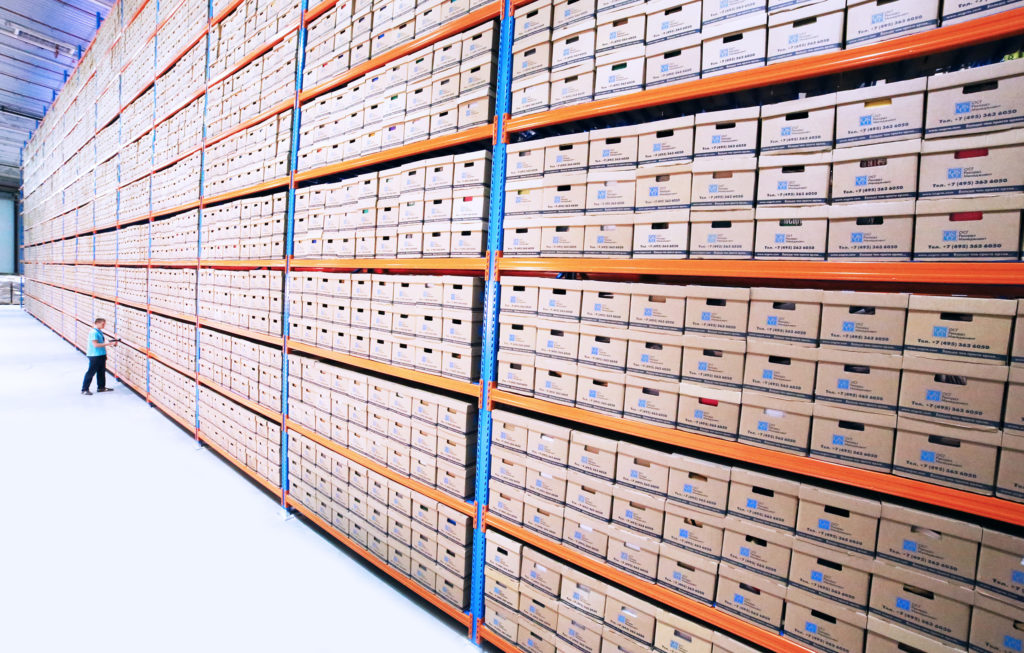At times, managing a warehouse full of goods with endless rows of products for future customers is a challenging and multifaceted task to do. It's one of the few business disciplines that call for thorough planning, analytical optimization, and physical optimization.
But have you thought about the number of inventories needed for those customers? Or do you have an optimized warehouse to get orders in time? Effective warehouse optimization solves the problems. This article mentions crucial information about warehouse optimization and its importance.
What is Warehouse Optimization?

Warehouse optimization is a methodical process incorporating automation and analyzing ways to conserve time, space, and materials while lowering mistake rates and enhancing flexibility, communication, management, and customer happiness.
Product placement, storage, retrieval, and warehouse traffic are other factors to take into account while optimizing a warehouse. Lean warehouses and agile supply chains both depend on warehouse optimization. The warehouses designed to outperform the competition on every level are the most effective.
Importance of Warehouse Optimization: Challenges faced while optimizing a Warehouse
1. Accurate inventory management
Without an automated system, businesses frequently are unaware of their inventory levels and have inadequate insight into their facilities.
2. Inventory location
Labors cannot work effectively without proper knowledge of the position of the inventory, which slows down the loading process and causes delays in dock scheduling.
3. Space usage and warehouse layout
If storage systems and warehouse racking are not optimized, the space needed for inventory storage and labor required inside the warehouse rises.
Tips to Optimize your Warehouse
1. Know your product velocity
Product velocity is the rate at which particular goods are sold. During the holiday or special promotions, specific products will move considerably more swiftly through a warehouse than others.
The architecture and design of the warehouse must make it simple to get these things that move quickly. When put on high shelves, they take longer to move about the warehouse, which slows business.
2. Minimize human error
Increasing productivity in a warehouse means reducing human error. For this reason, you should automate the time-consuming process of marking every item in your inventory.
It does not matter how much training an employee receives. Mistakes will still be made when anything is done manually. Mark your aisles, racks, and products using a warehouse labeling system that you should purchase.
3. Automate shipment routing
Getting packed items to the correct collecting location for delivery is a crucial step in the order fulfillment process. Order routing automation can speed up the procedure rather than relying on manual labor.
Effective warehouse optimization tips are the best for all logistics, shipment, and product-related problems. Asiapack offers exceptional warehouse optimization services to improve supply chain management by overcoming supply chain disruption.
Some benefits you get when you partner with Asiapack
1. Secured Facilities
Not maintaining proper security in your warehouse can lead to financial loss for your business. Security guards need to be appointed to keep an eye on the warehouse. The warehouse should have cameras installed 24*7 for constant security checks.
2. Consistent Pricing
By storing inventory in bulk at a warehouse facility, you can control the product's price by storing it in bulk. It helps in keeping the costs constant at the time of market fluctuations as well. It results in more reliable warehouse operations where the products for supply have easy access for delivery.
3. Shipment, Labeling, and Packaging
Though the products are in the warehouse, they need some identification. Warehouse labeling helps in easy identification and tracking of the product. Packaging takes place in the warehouse and often includes:
- Selecting the proper materials and containers for the products
- Weighing the package
- Mark with the pertinent packing slip or invoice
4. Focus on the Core Business
When a third-party provider handles your warehouse needs, you can step back from a lot of the associated bustle and concentrate more effectively on expanding your firm. It helps you focus more on enhancing and growing your business activities.
5. Tax Exemptions
Tax exemption for services directly related to product positioning is placed under the tax warehousing system. A warehouse facility in a free trade zone with no tax obligations provides duty- and VAT-free goods at lower prices.
Conclusion
A warehouse is not successful until and unless optimized efficiently. Often the losses keep happening, and the reason goes undetected. For someone suffering from damaged goods in significant quantity, or too much feedback on poor quality due to mishandling of the products, considering paying attention to warehouse optimization and improving the warehousing practices can help with the damage control to a large extent.
This enables great profit margins and helps in delivering a better customer experience with each consignment. Small details matter when it comes to analyzing successful warehouses. Warehouse optimization services help you work on these small details and have an overall improved experience.